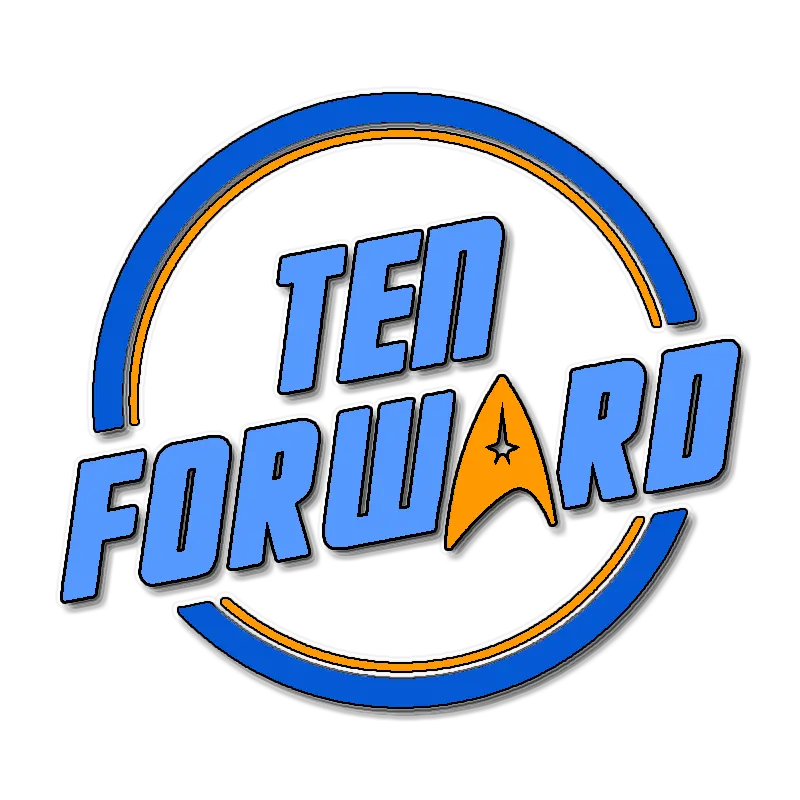

Great card, got one in my 440BX retro rig! Plus an AWE64 Gold and a PnP SB16 with a real OPL3 FM chip. That’s just a bit of what’s kicking around here…


Great card, got one in my 440BX retro rig! Plus an AWE64 Gold and a PnP SB16 with a real OPL3 FM chip. That’s just a bit of what’s kicking around here…


That’s one busy substitute teacher!


And as they do it they say,
'swarm


Link comes up with “Access Denied” for me. Can view the project on this ODOT page though.


I thought the poster meant S3E07 “The Enemy”, but seems it’s S5E02 “Darmok”.


The article’s a good read. It’s not about the first game from 1987.


“Because we’re in the northwest, we get that rainy weather. It’s rainy because you can’t paint. So, we have to find areas that are covered,” said Barrie.
Post huff ergo propter huff?
You’ve gained karma!


Half-price drink’s for happy hour at Apostrophe’s!


One of the last of the many great shooters on the PC Engine is the one-or-two-player Ginga Fukei Densetsu Sapphire.


Kudos to the artist, this is delightful! And today I learned LEGO Batman has a more relaxed posture than 1989 Batman.


Came here looking for the tensor tympani rumble cause I know it well; not sure what your thing is! If I notice sounds going quiet on a flight I’ll pinch the nostrils shut and make an exhalation effort till I hear a pop in each ear, then sounds are normal. Almost like the reverse of yours.


Just an old hobbyist here. Often I count myself lucky having grown up when a state-of-the-art home computer was a Commodore 64. Rightly or wrongly, I believe it’s quite possible for one human being to completely grasp what that machine is doing from the moment the power switch is turned on through to the end of running a complex self-written program. Not that it’s at the heart of your question(s) but that’s where my curiosity started. In those days any user had to know just a bit of the BASIC programming language, even if just to list the contents of a floppy disk or to load a pre-written program. I am always astounded at what people with much more dedication are able to do with a C64 to this day in the demoscene. The more generous among them make their discoveries digestible to mere mortals at sites such as codebase64.org. That’s a kind of comfort zone for me. Getting into something like a 386 PC and I start to feel overwhelmed. Maybe consider dipping back a bit into history if it sounds appealing?
As to semiconductor fabrication, I found this unconventional book by Clive Maxfield to be very helpful in clarifying some things I was curious about.
Some excellent stories from the heyday of MOS Technology in the first in this book series by Brian Bagnall. That’s the company that produced the popular 6502 family of 8-bit CPU that powered machines from Apple to Nintendo and many in between. Also where the custom chips were brought to life that formed the heart of the C64. One excerpt I often think back on were engineers laying flat on raised creepers, cutting the layout of their CPU-to-be out of huge sheets of vellum.
5 - Do we have to join Intel first or something to learn how most of the things work lol ?
May not be as far-fetched as you think. I’ve worked in Intel’s semiconductor factories, and Micron’s, and some others whose names aren’t widely known but whose products made things like the iPhone possible. Not cause I’m well-educated or have any particular talent, just that in a volatile marketplace such as this one there are ebbs and flows in demand for headcount in entry-level positions. Draft up a resume highlighting your critical thinking skills and willingness to learn and watch the recruiters from the staffing agencies fill your email inbox. I’ve had the good fortune to learn such processes as photolithography, thin-films, dry/wet etch, metrology, planarization, die sort (test), and on and on. Whether you’d like to operate the semiconductor tools, push the production metrics or maintain the equipment there just may be a need for you somewhere today.


Working as a Field Service Technician can sometimes mean being alone for hours on the road in between bouts of installation/service/training/etc.


Thank you for the insight. Having little understanding of the purposes of CAPTCHA beyond what is implied by the acronym, I would be concerned if what seems implied in this comment thread were actually true. Clearly there’s a bit of tongue-in-cheek, but it seems reasonable to me as a layman that some implementations could produce data usable to train autonomous driving systems. I realize it’s possible there’s no simple answer to my original question, and wouldn’t be the first time I’ve overthought something.


echo "$((2#01010010)) $((2#01100101)) $((2#01100100)) $((2#01110010)) $((2#01110101)) $((2#01101101))"
82 101 100 114 117 109
Reads ‘Redrum’ in ASCII. A reference to The Shining, I suppose. If there’s a joke it’s lost on me, sorry. Was kinda fun spending 10min decoding that, though :)
Most of Creative’s AWE32 cards do use a real Yamaha OPL3 chip for FM synthesis, which can produce two-or-four operator voices. The latter of those can approach the quality of the voices in their DX7-family line of musical instruments. Even the older OPL2 chip that is limited to two-operator voices can sound great when programmed well (not that I’d call it realistic-sounding).
The other synth chip on the AWE32 is the Ensoniq EMU8000. That one does sample-based synthesis as you describe above.
Just wanted to note that Creative misappropriated the term wavetable synthesis when they marketed this and other sample-based synthesis cards of theirs, and the misnomer spread widely to the products of other companies and persists to this day.